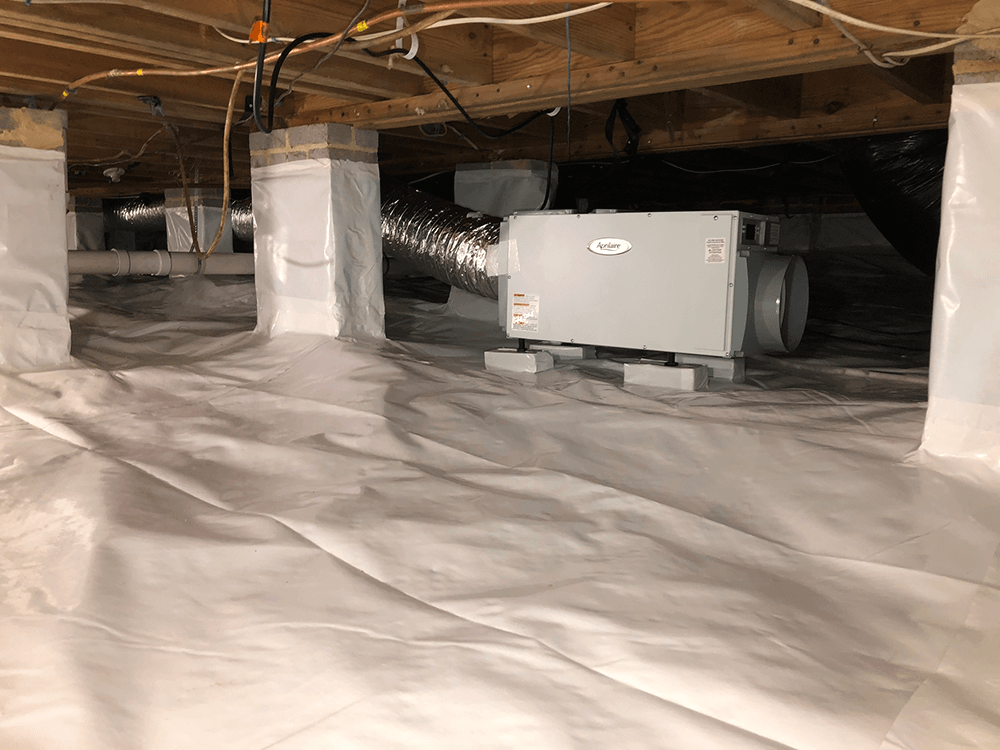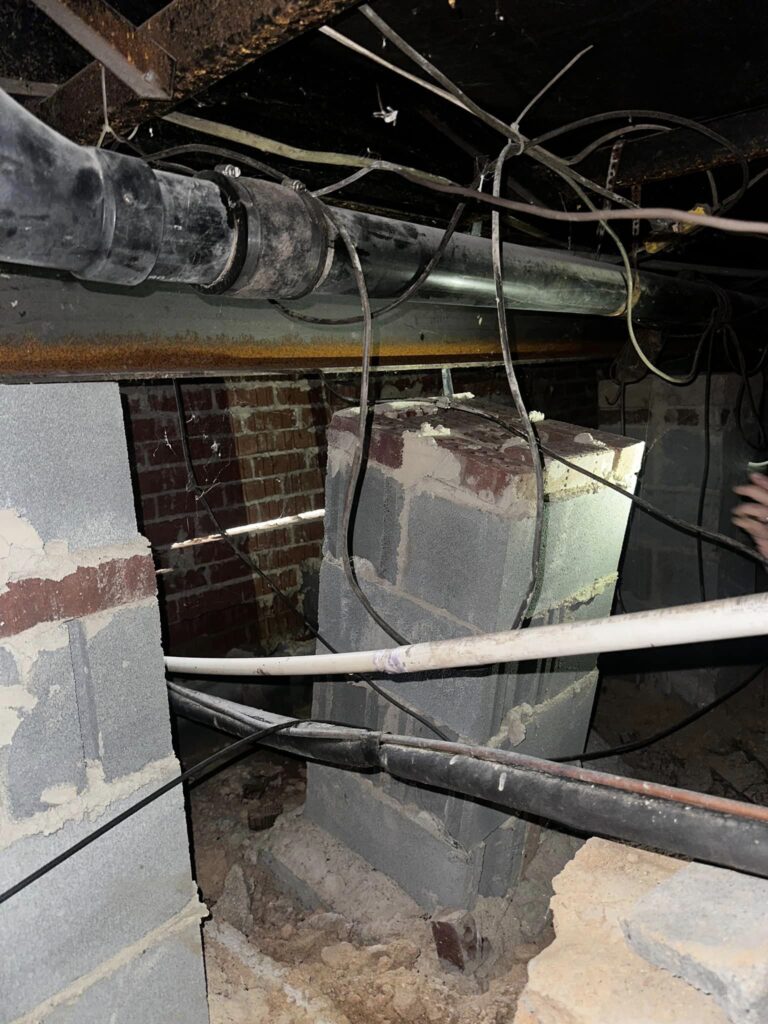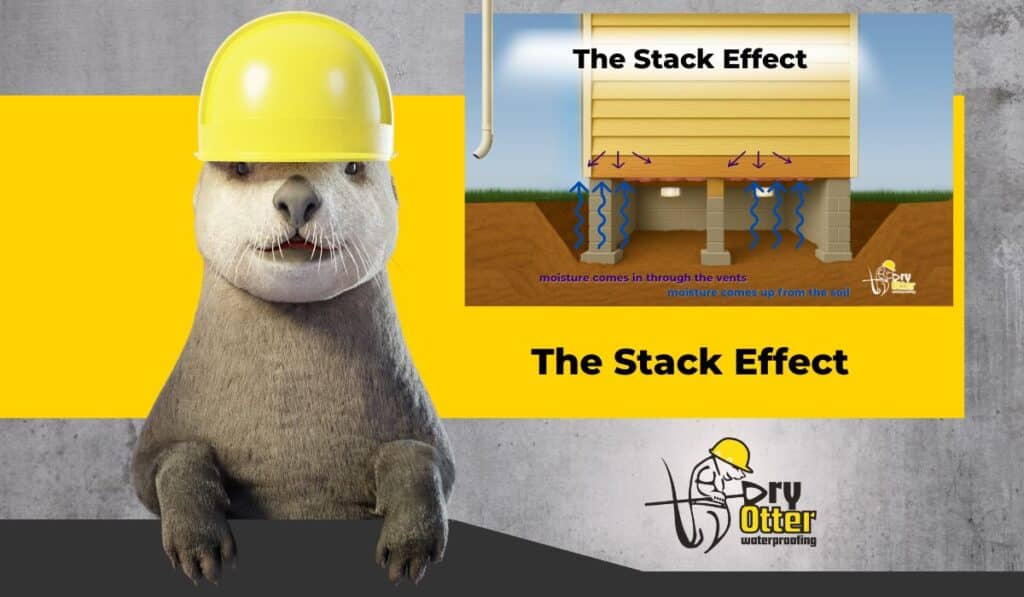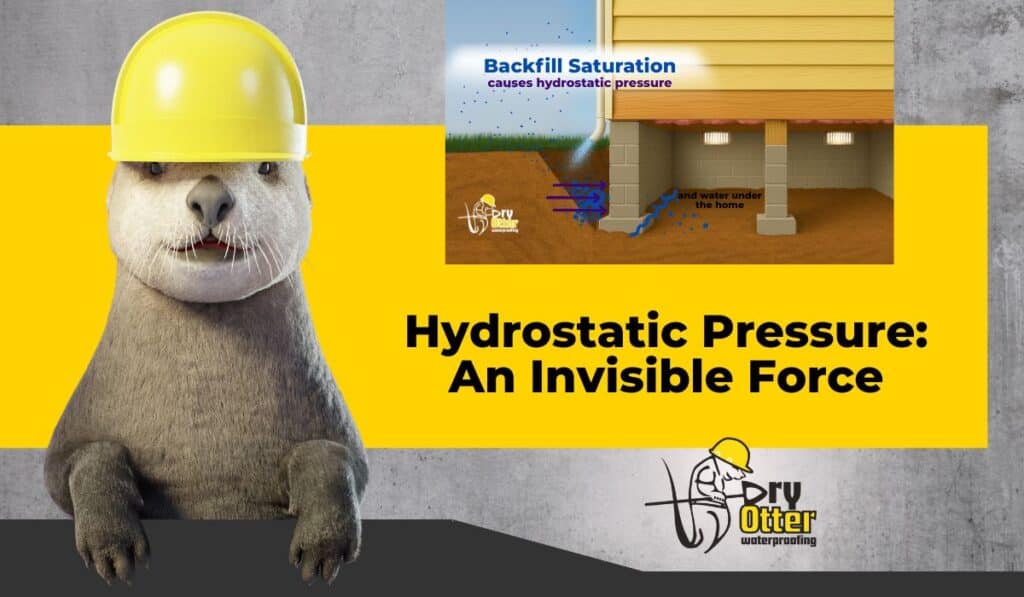What is a Pier and Beam Foundation?

A pier and beam foundation is a common type of crawl space foundation. It means that the floor of the home is a few feet off the ground, the floor is supported by long wooden beams (joists) that are resting on cinder block columns (piers) and those are resting on a set of poured concrete footers. This type of foundation is ideal for those who prefer the ease of access to plumbing, electrical wiring, and other utilities.
Why would Pier and Beam Foundation Repair be needed?

Over time, the soil under a home that has a crawl space foundation can shift due to water erosion. This can cause the piers to sink, lean or fall over. Also, water or water vapor can linger under the home and cause mold to grow on the wooden beams. Eventually the mold will weaken the wood and it will rot. Dry rot can also happen, which caused by a certain fungus. These under-home problems can cause in-home symptoms too, like cracks in the drywall, doors and windows that stick, bouncy or uneven floors, or hardwood floors that curl, or cup.
Understanding the Risks of DIY Pier and Beam Foundation Repair
Personal Injury Risk: The most immediate concern with DIY pier and beam foundation repair is the risk of personal injury. Working under a house, with its complex network of beams and supports, presents significant dangers. Improper handling of structural supports can lead to collapses, risking severe injuries or even life-threatening situations.
It can be tempting to repair the damaged piers and beams that cause these issues yourself, but we advise against it. Here’s why…
Potential for Worsening the Problem: Any mistakes in repairing them can not only leave the original problem unresolved but can also worsen the situation. For example, improper DIY pier and beam foundation design, by planning improper placement of new piers might not adequately support the home’s weight, leading to increased stress on other parts of the foundation, which can exacerbate existing issues and create new ones.
Costs for Fault Repairs: Mistakes in DIY pier and beam foundation design can lead to significant financial consequences. What might seem like a cost-saving effort can turn into a more extensive repair job needed later on. Ultimately, this can diminish the overall value of the home.
Understanding these risks highlight why engaging professionals, who can accurately diagnose issues and implement effective, safe repairs, is crucial.
Important Considerations Before Attempting DIY
If you decide to overlook the risk of personal injury and risk of damaging your home even worse, do you have the tools and know-how to repair the problem? Do you know what permits you might need and how to get them? Do you know how to eliminate the water and moisture problems that caused the issue to begin with? DIY pier and beam foundation repair design is not a casual undertaking.
The Value of Professional Expertise
Pier and beam foundation repair professionals have all that it takes to get the job done right… the experience, the tools, and insurance. To choose a qualified contractor, choose one that has many excellent reviews and offers a warranty on their work.
When you’re ready to choose a company with great reviews that offers a warranty, reach out to Dry Otter Waterproofing for expert advice and safe, effective foundation repair solutions.











